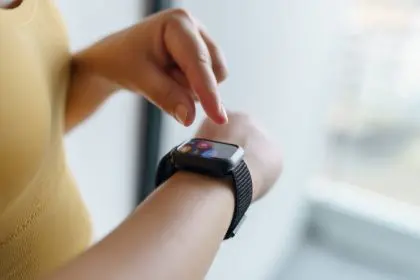The modern workplace often celebrates uninterrupted work sessions and minimal downtime as hallmarks of productivity. However, neuroscience and performance research increasingly suggest this approach fundamentally misunderstands how the human brain operates at peak efficiency. Studies now reveal that strategic breaks don’t just prevent burnout, they actively enhance performance across various cognitive domains, from creative problem-solving to sustained attention.
The neuroscience of mental fatigue
The brain’s performance follows predictable patterns that make continuous work increasingly counterproductive:
Attention resources deplete progressively during sustained mental effort, with performance declining by approximately 22% after just 25 minutes of continuous focus. This depletion occurs regardless of motivation or perceived importance of the task.
Decision fatigue accumulates as cognitive resources diminish, with judgment quality deteriorating by up to 35% after multiple hours of sequential decision-making without breaks. This explains why even skilled professionals make increasing errors during extended work periods.
These neurological realities make downtime essential biological necessities rather than optional indulgences, particularly for knowledge workers whose output depends on cognitive performance rather than physical endurance.
Six evidence-based break strategies
Research has identified specific break approaches that maximize cognitive recovery while minimizing downtime:
Microbreaks of 2-5 minutes enhance productivity by 9% when taken at 25-30 minute intervals, with effects particularly pronounced for tasks requiring sustained attention. These brief pauses allow partial neural recovery without disrupting workflow momentum.
Nature exposure breaks of just 10 minutes viewing natural environments improve attention capacity by 16% compared to urban scene viewing. The effect appears linked to how natural settings engage attention without demanding concentration.
Physical movement intervals of 5-10 minutes increase subsequent cognitive performance by 13% and creativity scores by 21%. Even standing and stretching provides measurable benefits, though aerobic activity yields stronger results.
Social connection pauses that involve brief, positive human interactions boost problem-solving capability by 17% compared to solitary breaks, likely through activation of different neural networks than those used during focused work.
True mental disengagement activities that completely shift attention away from work-related thoughts show 32% better recovery effects than breaks where work projects continue to occupy attention. This explains why checking email makes for a poor break activity.
Ultradian rhythm alignment with 90-minute work sessions followed by 15-20 minute breaks matches natural cognitive cycles, resulting in sustainable performance improvements of 28% compared to continuous work models.
These research-backed approaches stand in stark contrast to common break behaviors like social media scrolling or caffeine consumption, which often provide minimal recovery benefits.
Organizational cultures catching up to science
Forward-thinking companies are redesigning work environments and policies to incorporate breaktaking science:
Break-optimized office designs now include dedicated recharge spaces, outdoor access, and activity zones designed to facilitate specific types of cognitive recovery. Organizations implementing these environments report 24% fewer stress-related health complaints.
Rhythm-based scheduling tools that proactively suggest breaks based on cognitive science show adoption rates increasing by 37% annually among knowledge-work organizations focused on sustainable performance.
These systematic approaches recognize that organizational productivity depends not on maximizing continuous work time but on optimizing cognitive performance over extended periods.
Overcoming psychological barriers to breaks
Despite compelling evidence, many professionals resist taking breaks due to persistent misconceptions:
The cognitive distortion of continuous productivity leads 68% of knowledge workers to believe they’re most effective when working without interruption, despite performance data demonstrating the opposite pattern.
Status signaling through busyness creates cultural barriers to break-taking, with 54% of professionals reporting concern that visible breaks might signal lack of commitment or productivity to colleagues and supervisors.
Understanding these psychological barriers is essential for individuals and organizations seeking to implement more effective work rhythms based on cognitive science rather than industrial-age productivity models.
Measuring the return on break investment
The business case for strategic breaks becomes clear when examining comprehensive performance metrics:
Sustained cognitive performance improves by 26% over full workdays when structured break protocols are implemented, with particularly significant gains during typical afternoon slump periods.
Error reduction rates of 33% occur when downtimes are properly timed before attention resources reach depletion thresholds, translating to substantial quality improvements in knowledge work.
Creative insight frequency increases by 41% following properly structured breaks, with major problem-solving breakthroughs more likely to occur during or immediately after downtime periods.
These metrics demonstrate why leading organizations increasingly view strategic breaks not as productivity costs but as essential investments in cognitive performance.
The science of downtimes reveals a fundamental paradox of productivity: sometimes the most effective way to get more done is to temporarily stop doing. As research continues to illuminate the complex relationship between work intervals, rest periods, and optimal brain function, the most successful professionals and organizations will be those that align their work patterns with cognitive reality rather than industrial tradition.












